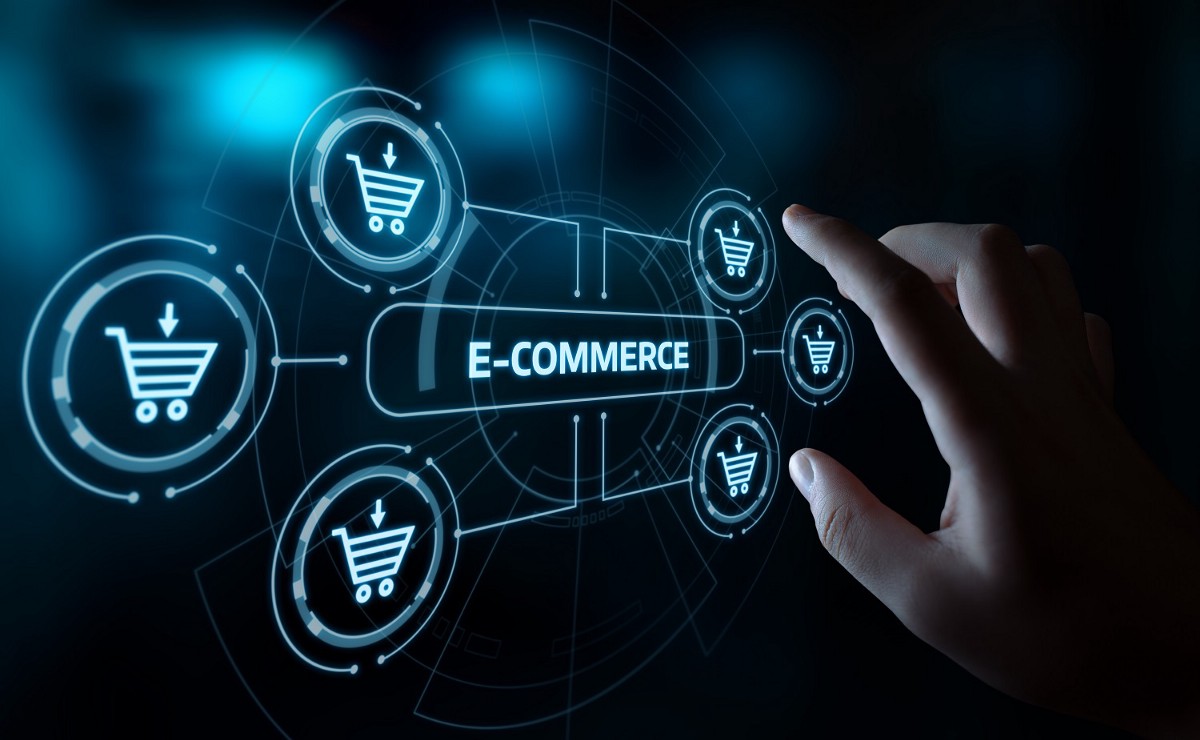Ecommerce has grown from a convenience to a necessity. In 2025, it’s not just about selling products online—it’s about creating seamless, personalized, and fast shopping experiences. Whether you’re running a Shopify store, selling on Amazon, or building a brand on social media, understanding the latest ecommerce trends is the key to dominating the online market.

1. Mobile Commerce (M-Commerce) Is Leading
Over 75% of online purchases in 2025 are made via smartphones. If your website isn’t mobile-optimized, you’re losing sales.
Focus on:
-
Fast-loading mobile pages
-
One-click checkout
-
Mobile-friendly product pages and images
-
Mobile wallet integrations (Apple Pay, Google Pay)
2. AI-Powered Personalization
Artificial intelligence is transforming ecommerce by predicting customer behavior and offering tailored recommendations.
Examples:
-
Product suggestions based on past behavior
-
AI chatbots offering 24/7 support
-
Personalized emails and SMS campaigns
Brands using AI are seeing a major increase in conversion rates and repeat buyers.
3. Social Commerce Is Booming
Platforms like Instagram, TikTok, and Facebook are now full-blown shopping destinations. Users can discover, review, and purchase products without ever leaving the app.
Tips to win in social commerce:
-
Post engaging, short-form video content
-
Use influencers to build trust
-
Tag products in posts and stories
-
Go live to launch or promote new items
4. Fast & Free Shipping is No Longer Optional
With Amazon setting the standard, customers now expect 2-day or even same-day delivery. Offering fast, low-cost (or free) shipping is essential for staying competitive.
Pro Tip: Partner with local fulfillment centers or use dropshipping tools like CJ Dropshipping or Zendrop to reduce delivery times.
5. Sustainability Influences Buying Decisions
Consumers in 2025 prefer brands that care about the planet. Highlight your eco-friendly packaging, ethical sourcing, or carbon-neutral shipping if you want to build long-term trust.
6. Voice Shopping & Smart Devices
Thanks to Alexa, Google Assistant, and Siri, voice shopping is growing. Customers are now using voice commands to reorder products, compare prices, and track deliveries.
Make sure your product titles, descriptions, and tags are optimized for natural language search.
7. Top Ecommerce Platforms in 2025
-
Shopify – Still a top choice for custom stores.
-
WooCommerce – Perfect for WordPress users.
-
BigCommerce – Scalable for mid to large brands.
-
Amazon & eBay – Still dominate third-party selling.
-
Etsy – Best for handmade, vintage, and creative products.
8. Customer Reviews & UGC Matter More Than Ever
Today’s shoppers don’t just look at your product—they look at what others are saying about it. Real photos, videos, and honest reviews are more convincing than polished ads.
Encourage UGC by:
-
Offering discounts for video reviews
-
Running hashtag challenges
-
Featuring customer content on your store and social media
https://www.profitableratecpm.com/zjeykqsr5?key=467285d0894ae393fc515a44547e0ae1
Conclusion
Ecommerce in 2025 is fast, smart, and customer-driven. Success no longer depends on just having a great product—it requires a seamless mobile experience, strong brand presence on social platforms, and personalized shopping backed by data and automation. If you want to scale in today’s market, embrace these changes, stay agile, and always put the customer first.